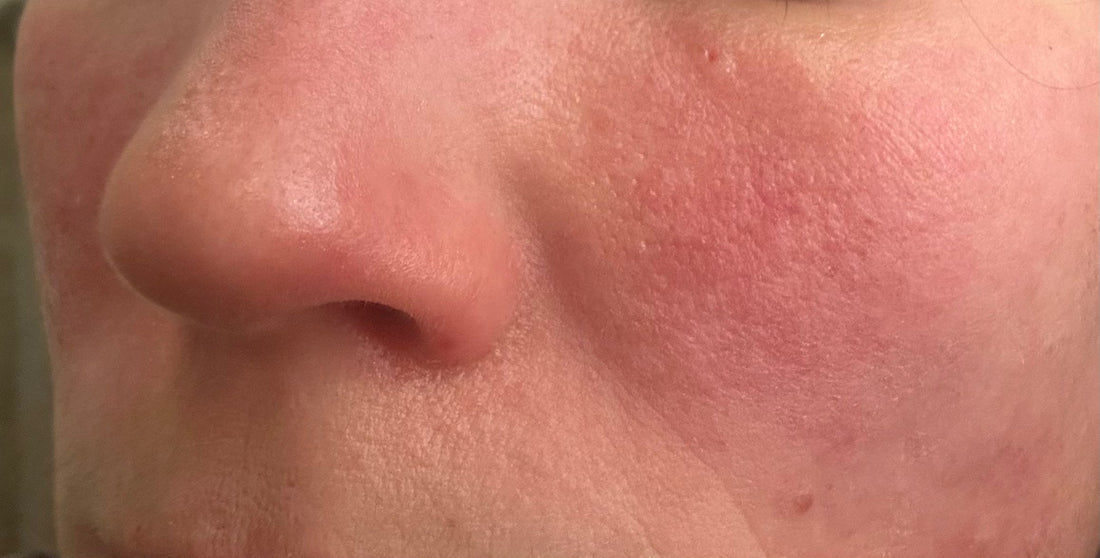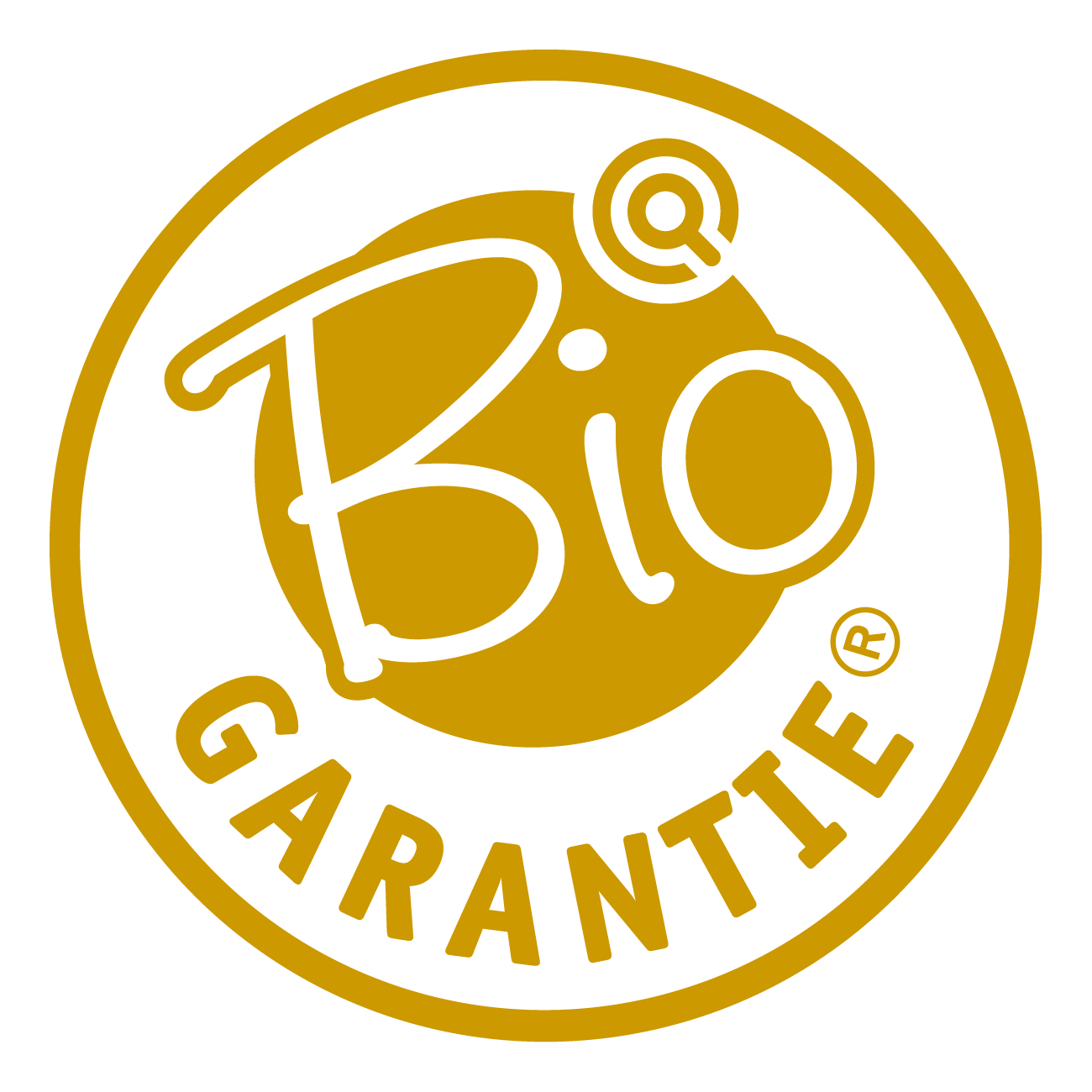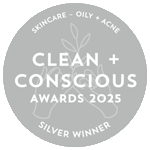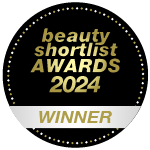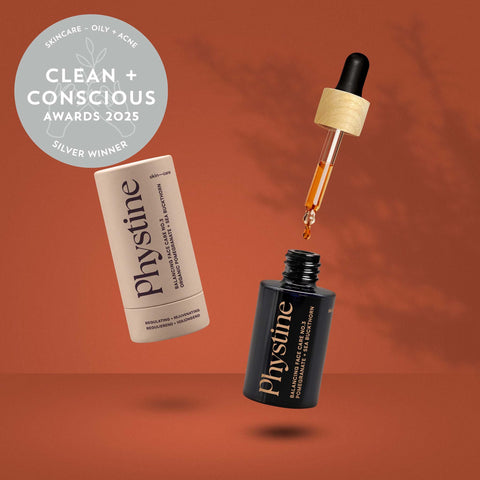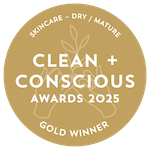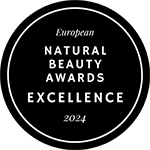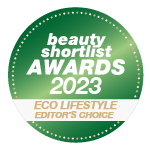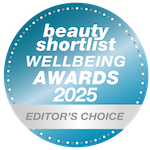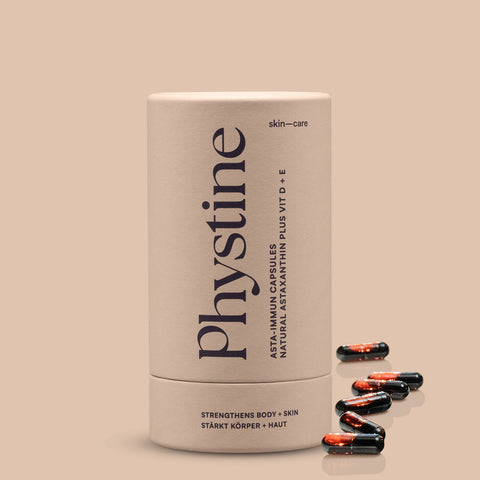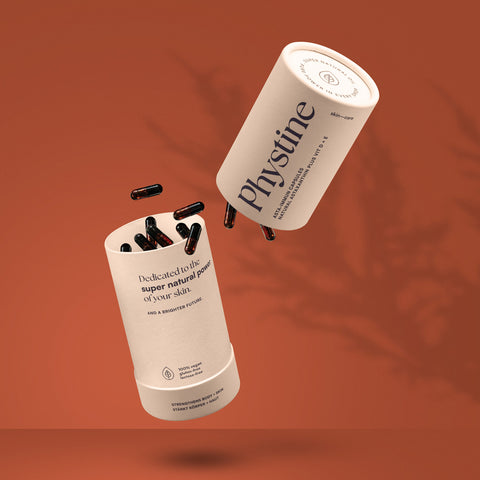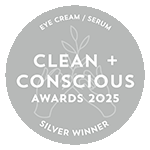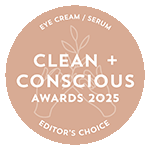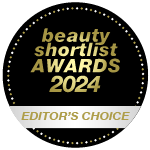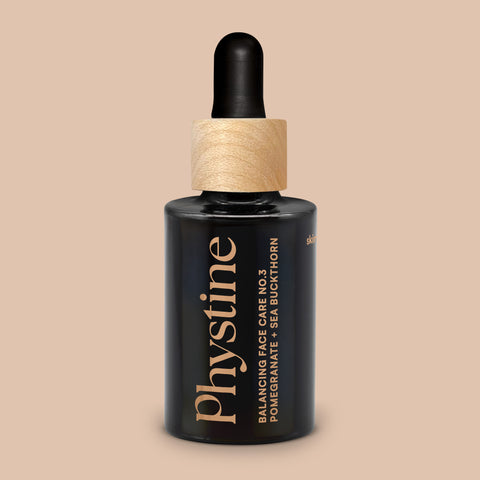Redness of the facial skin, visible blood vessels and even inflammatory lesions – these are just some of the challenges faced by people with rosacea. This chronic skin condition affects millions of people worldwide and can be both physically and emotionally distressing. Despite its prevalence, rosacea often remains misunderstood and misdiagnosed. This article takes a closer look at the causes, symptoms and natural remedies for rosacea to help those affected better understand and manage this condition more effectively.
What is Rosacea? How does it develop?
Rosacea is a complex, chronic inflammatory skin condition of the face, first medically described in the 14th century by Dr Guy de Chauliac, a French surgeon. Despite significant advances in research, rosacea remains a disorder whose complexity and interrelationships are not yet fully deciphered.
About 3% of the world’s population are affected by this skin condition. It is particularly common among adults in middle age between 30 and 50 years, with no significant difference between women and men. However, people with richly pigmented skin are reported to be affected less frequently than those with fair skin. Various factors, individually or in combination, can contribute to the development of rosacea, and its manifestation may vary from person to person.
Genetic predisposition
It is believed that genetic predisposition may play a role in the development of rosacea. People who have close relatives with rosacea may have an increased risk of developing it themselves.
Inflammatory reactions
Inflammation plays a central role in the development of rosacea. People with rosacea exhibit abnormal inflammatory responses in the skin, which can lead to characteristic symptoms such as redness, swelling and papules.
Vascular dysfunction
A dysfunction of the blood vessels in the skin may also contribute to the onset of rosacea. This can lead to expansion of the blood vessels, causing visible redness and vascular patterns.
Microorganisms
While its causes and triggers have long been the subject of intensive research, the role of the microbiota—the microbial ecosystem on our skin—is increasingly in the spotlight.
Microbes such as Demodex folliculorum mites, Helicobacter pylori, Staphylococcus epidermidis, Chlamydia pneumoniaeand the Demodex-associated bacterium Bacillus oleronius are associated with rosacea. Their presence on the skin may influence the onset and exacerbation of this condition, making a deeper understanding of their pathogenic role crucial.
External influences
Certain environmental factors such as sun exposure, extreme temperatures, emotional stress, alcohol consumption and spicy food can trigger or worsen rosacea symptoms.
How can you recognize rosacea?
Rosacea often begins with a tendency to flush, typically in the central facial area—nose, chin, central cheeks, and the area between the eyebrows. Over time, persistent redness, visible blood vessels (telangiectasias), papules, pustules, phymas (skin thickening) and edema may appear.
Some affected individuals may also experience pain, stinging or burning in the affected skin region. In addition, rosacea can impair the eyes, leading to additional discomfort and complications.
What types of rosacea are there?
Rosacea can occur at different levels of severity, ranging from mild to severe symptoms. Typical levels include mild, moderate, and severe, with symptoms varying depending on their expression and impact on daily life. An accurate assessment of severity is important to optimize treatment and management of rosacea tailored to individual needs.
In 2002, a panel of experts from the National Rosacea Society (NRS) classified rosacea into four clinical subtypes, which may vary depending on prevailing symptoms and features.
Erythematotelangiectatic rosacea (ETR) is characterized by persistent facial redness (erythema), especially on the cheeks, nose, forehead and chin, as well as visible blood vessels (telangiectasias). People with ETR tend to be sensitive to triggers such as heat, cold, spicy foods, and alcohol, which can lead to intensified redness.
Papulopustular rosacea (PPR) is identified by the presence of inflammatory lesions such as papules (small bumps) and pustules (fluid‑filled bumps). PPR often resembles acne vulgaris but can be differentiated by accompanying symptoms such as redness and visible blood vessels.
Phymatous rosacea
This form is characterized by skin thickening (phymata), typically affecting the nose (rhinophyma), but can also occur in other facial areas. The skin thickening can lead to an irregular texture and enlargement of the affected regions. Phymatous rosacea is more common in men than in women.
Ocular rosacea
Affects the eyes and is characterized by a variety of symptoms such as eye irritation, dryness, burning, foreign-body sensation, light sensitivity and blurred vision. Ocular manifestations also include lid margin telangiectasias, conjunctival inflammation and corneal changes.
What impact does rosacea have on those affected?
Rosacea can strongly affect physical well‑being, self‑image and mental health. It affects people not only physically, for example through burning, painful or itchy areas, but also psychologically, as visible facial redness, blood vessels, or inflammatory lesions may make it uncomfortable to be seen in public. As a result, rosacea often has profound impacts on quality of life, self-esteem, and body image. On an emotional level, this can lead to depression, anxiety, and withdrawal from social activities.
What can you do yourself for rosacea?
Certain environmental factors like sun exposure, extreme temperatures, emotional stress, alcohol consumption, and spicy food can trigger or worsen rosacea symptoms.
While hormonal or genetic factors cannot be changed, external factors such as skincare, diet and stress management can be adapted. By integrating the following self‑help measures into daily life, individuals can manage their rosacea symptoms better and improve their quality of life.
Skincare for rosacea
Gentle skincare is crucial for managing rosacea. Using mild, non‑irritating, preservative‑free products is recommended, while aggressive cleansers and scrubs should be avoided as they can irritate the skin.
Additionally, UV‑induced exacerbation can be mitigated by applying antioxidants topically and ingesting them, as they neutralize the free radicals produced by UV exposure.
General principle: less care – more positive effect.
Nutrition for rosacea
An appropriate diet can help reduce inflammation and support skin health. It is advisable to avoid pro‑inflammatory foods, spicy seasonings, alcoholic and highly caffeinated beverages.
Stress management
Stress can worsen rosacea symptoms. Practising stress‑relieving techniques such as yoga, meditation, breathing exercises or progressive muscle relaxation can help reduce stress and control symptoms.
References:
Microbiota in Rosacea: Am J Clin Dermatol. 2020 Sep;21(Suppl 1):25-35. doi: 10.1007/s40257-020-00546-8
Structure and function of human skin microbiome: Schommer NN et al. Trends Microbiol. 2013 Dec;21(12):660-8. doi: 10.1016/j.tim.2013.10.001. Epub 2013 Nov 12.
The Pathogenic Role of Demodex Mites in Rosacea: A Potential Therapeutic Target Already in Erythematotelangiectatic Rosacea?: Dermatol Ther (Heidelb). 2020 Dec;10(6):1229-1253. doi: 10.1007/s13555-020-00458-9. Epub 2020 Oct 23.
TLR2 expression is increased in rosacea and stimulates enhanced serine protease production by keratinocytes: Yamasaki K et al. J Invest Dermatol. 2011 Mar;131(3):688-97. doi: 10.1038/jid.2010.351. Epub 2010 Nov 25
